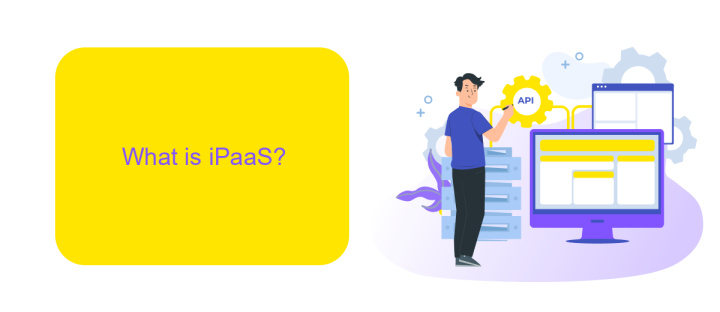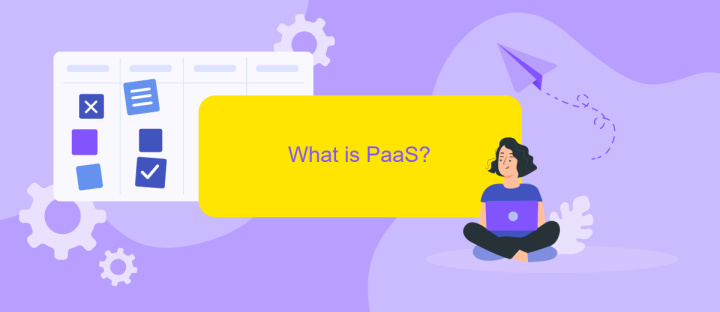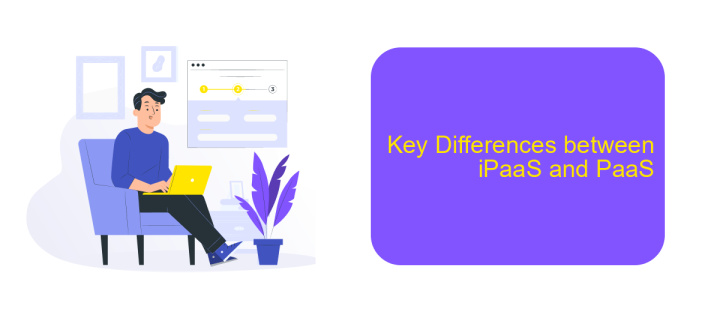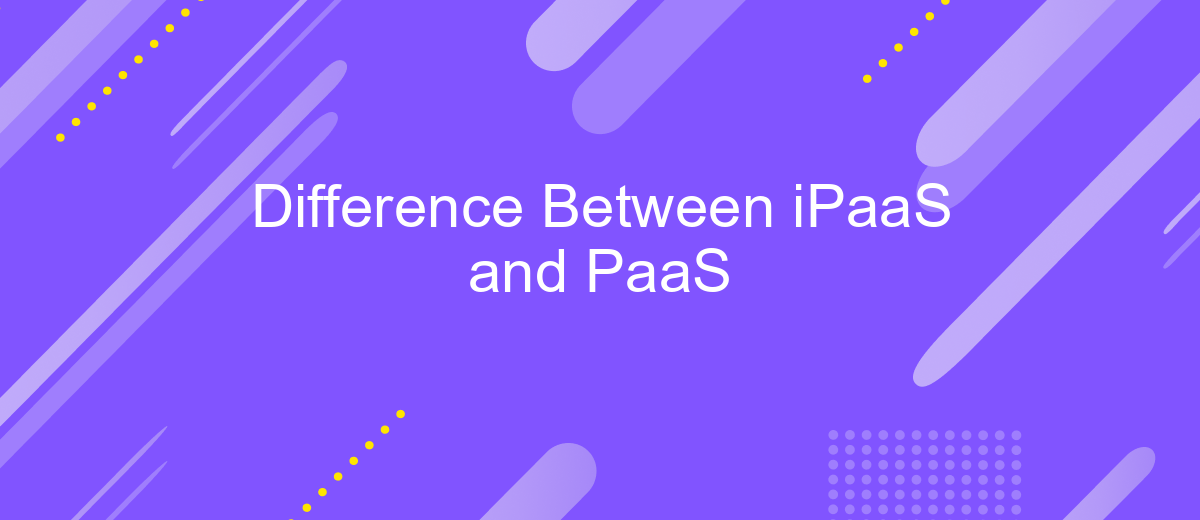Difference Between iPaaS and PaaS
In the rapidly evolving landscape of cloud computing, understanding the distinctions between Integration Platform as a Service (iPaaS) and Platform as a Service (PaaS) is crucial for businesses aiming to optimize their IT strategies. While both offer scalable solutions for application development and integration, they serve different purposes and cater to distinct needs. This article delves into the key differences between iPaaS and PaaS.
Introduction
In today's rapidly evolving digital landscape, businesses are increasingly relying on cloud-based solutions to streamline their operations and improve efficiency. Two popular options in this realm are Integration Platform as a Service (iPaaS) and Platform as a Service (PaaS). While both offer unique benefits, understanding their differences is crucial for making an informed decision.
- iPaaS: Focuses on integrating various applications and services, enabling seamless data flow and communication.
- PaaS: Provides a platform for developing, running, and managing applications without the complexity of building and maintaining the infrastructure.
Choosing between iPaaS and PaaS depends on your business needs. For instance, if you require robust integration capabilities, a service like ApiX-Drive can simplify the process by connecting diverse applications effortlessly. On the other hand, if your primary goal is to develop and deploy applications efficiently, PaaS might be the better choice. Understanding these distinctions will help you leverage the right solution for your business's specific requirements.
What is iPaaS?

Integration Platform as a Service (iPaaS) is a cloud-based solution designed to facilitate the integration of various applications, systems, and services across different environments. It provides tools and services that enable businesses to connect their disparate software and automate workflows without the need for extensive coding or complex IT infrastructure. iPaaS solutions are particularly valuable for organizations looking to streamline their operations, enhance data sharing, and improve overall efficiency.
One notable example of an iPaaS service is ApiX-Drive, which simplifies the process of setting up integrations between different applications. With ApiX-Drive, users can easily configure and manage integrations, ensuring seamless data flow between their software systems. This not only reduces the time and effort required for manual data entry but also minimizes the risk of errors. By leveraging iPaaS solutions like ApiX-Drive, businesses can achieve greater agility and scalability in their operations, allowing them to respond more quickly to changing market demands and opportunities.
What is PaaS?

Platform as a Service (PaaS) is a cloud computing model that provides developers with a platform to build, deploy, and manage applications without worrying about the underlying infrastructure. PaaS offers a range of services and tools that streamline the development process, enabling faster and more efficient application development.
- Development Tools: PaaS provides integrated development environments (IDEs) and other tools that simplify coding and testing.
- Middleware: It includes middleware services that facilitate communication between different applications and services.
- Database Management: PaaS offers database management services, allowing developers to store and manage data efficiently.
- Scalability: PaaS platforms are designed to scale applications automatically based on demand.
- Security: Built-in security features help protect applications and data from threats.
By leveraging PaaS, businesses can focus on developing high-quality applications without the need to manage hardware, software, and networking components. For instance, ApiX-Drive offers seamless integration capabilities that can be easily incorporated into PaaS environments, enhancing connectivity and automation between various services and applications.
Key Differences between iPaaS and PaaS

When comparing iPaaS (Integration Platform as a Service) and PaaS (Platform as a Service), it's essential to understand their distinct functionalities. iPaaS focuses primarily on integrating different applications and services, enabling seamless data flow between them. On the other hand, PaaS provides a platform for developers to build, deploy, and manage applications without worrying about the underlying infrastructure.
iPaaS solutions like ApiX-Drive excel in streamlining the integration process, offering tools to connect various software applications easily. This is particularly beneficial for businesses that need to integrate multiple cloud services and on-premise applications. Conversely, PaaS platforms are designed to support the entire application lifecycle, from development to deployment, offering a comprehensive environment for developers.
- iPaaS focuses on application integration, while PaaS focuses on application development and deployment.
- iPaaS tools like ApiX-Drive simplify data synchronization between different systems.
- PaaS provides a complete environment for coding, testing, and deploying applications.
- iPaaS is ideal for businesses needing robust integration capabilities, whereas PaaS is suited for developers building new applications.
In summary, iPaaS and PaaS serve different purposes within the tech ecosystem. iPaaS is invaluable for integrating disparate systems, ensuring smooth data flow, and enhancing operational efficiency. PaaS, however, is geared towards developers, providing them with the tools and environment necessary to create and deploy applications effectively.
Conclusion
In conclusion, both iPaaS and PaaS offer unique benefits that cater to different business needs. iPaaS excels in integrating multiple applications and data sources, providing a seamless workflow for businesses that require extensive connectivity. On the other hand, PaaS is designed for developers looking to build, deploy, and manage applications without worrying about the underlying infrastructure. Understanding the specific requirements of your business will help in choosing the right platform.
For organizations focusing on integration, services like ApiX-Drive can be invaluable. ApiX-Drive simplifies the process of connecting various applications and automating workflows, making it easier to manage complex integrations. Whether you need to synchronize data between CRM systems or automate marketing campaigns, ApiX-Drive offers a user-friendly solution that enhances productivity. Ultimately, the choice between iPaaS and PaaS depends on your operational priorities and long-term goals.


FAQ
What is the main difference between iPaaS and PaaS?
Can iPaaS be used for automating workflows between different cloud services?
Is coding knowledge required to use iPaaS solutions?
How does PaaS support application development?
Can iPaaS solutions integrate with CRM and ERP systems?
Routine tasks take a lot of time from employees? Do they burn out, do not have enough working day for the main duties and important things? Do you understand that the only way out of this situation in modern realities is automation? Try Apix-Drive for free and make sure that the online connector in 5 minutes of setting up integration will remove a significant part of the routine from your life and free up time for you and your employees.

